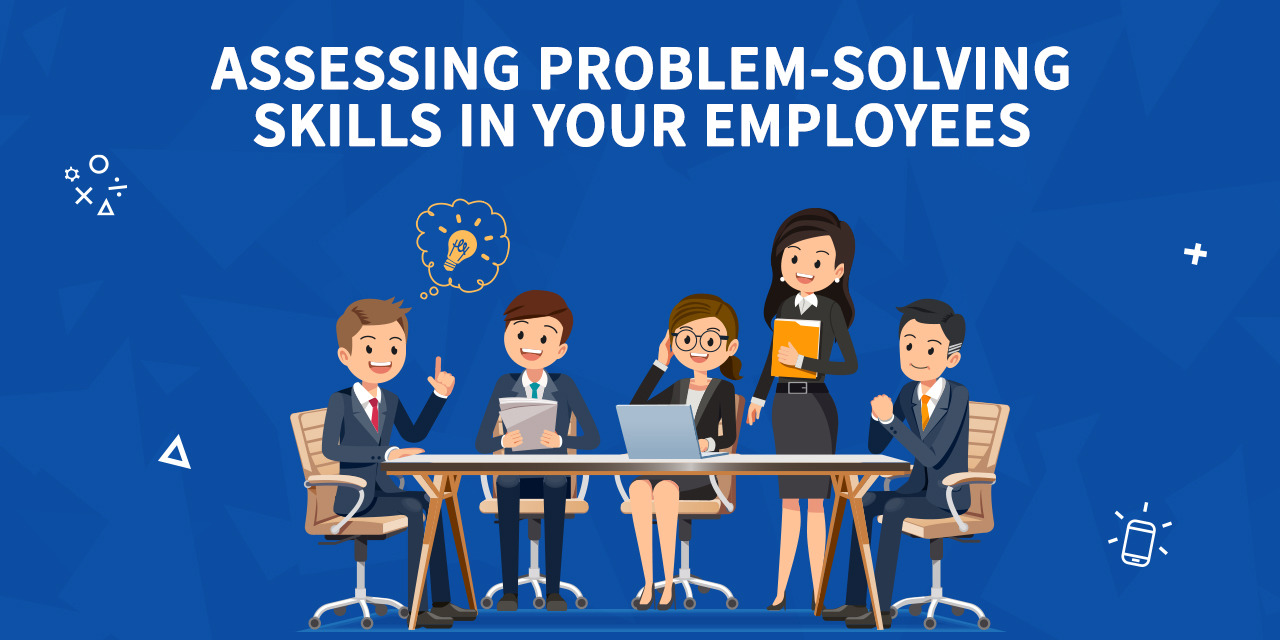What are problem-solving skills?
According to CCMIT,
“Problem solving is the process of identifying a problem, developing possible solution paths, and taking the appropriate course of action.”
Considered as one the most important skills that employers look for in job applicants, problem-solving refers to an individual’s ability to tackle difficult or unanticipated situation and find solutions to tough business challenges.
Some key problem-solving skills include:
- Decision-making
- Creativity
- Team-building
- Analysis
- Research
- Communication

How to Gauge Problem-Solving Skills in Your Prospective Employees
Different tests that employers could set to gauge a candidate’s problem-solving skills include:
Online aptitude, psychometric and ability tests.
These are normally taken as part of the application stage, although they may be repeated at an assessment center. The tests that are most likely to assess your problem-solving skills are situational judgement tests and any that assess your reasoning, such as inductive reasoning or diagrammatic reasoning tests.
Video ‘immersive experiences’, game-based recruitment exercises or virtual reality assessments.
Not all of these methods are widely used yet but they are becoming more common. They are usually the recruitment stage before a face-to-face interview or assessment center.

Case study exercises.
These are common assessment center tasks. You’d be set a business problem, typically related to the sector in which you’d be working, and asked to make recommendations for solving it, either individually or in groups. You’ll also usually be asked to outline your recommendations in either a presentation or in written form, a task that assesses your ability to explain your problem-solving approach.
In-tray (or e-tray) exercises.
These always used to be set at an assessment center but nowadays can also be part of the online testing stage. In-tray exercises primarily test your time management skills, but also assess your ability to identify a potential problem and take actions to solve it.
Job-specific or task-specific exercises, given at an assessment center or at an interview.
If set, these will be related to the role you are applying for and will either require you to devise a solution to a problem or to spot errors. Civil and structural engineering candidates, for example, will often be required to sketch a design in answer to a client’s brief and answer questions on it, while candidates for editorial roles may be asked to proofread copy or spot errors in page proofs (fully designed pages about to be published).
